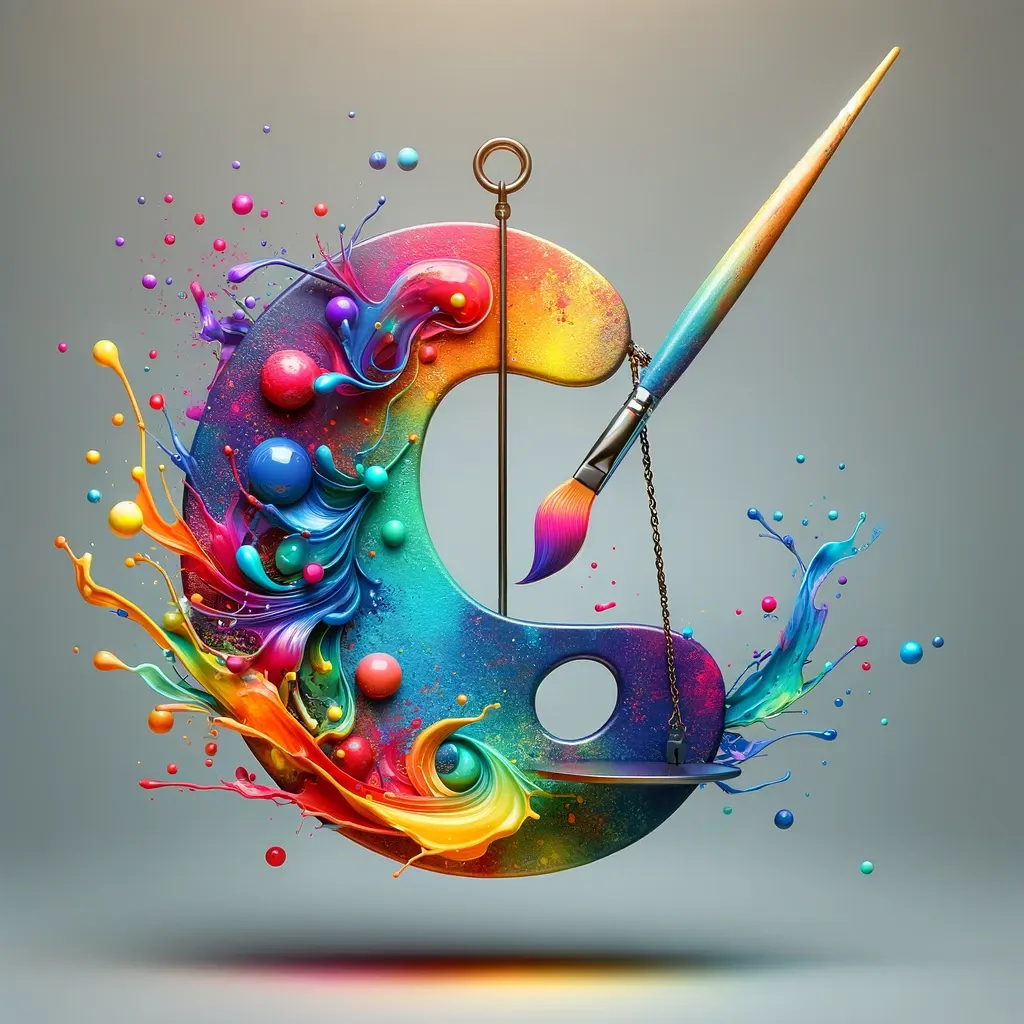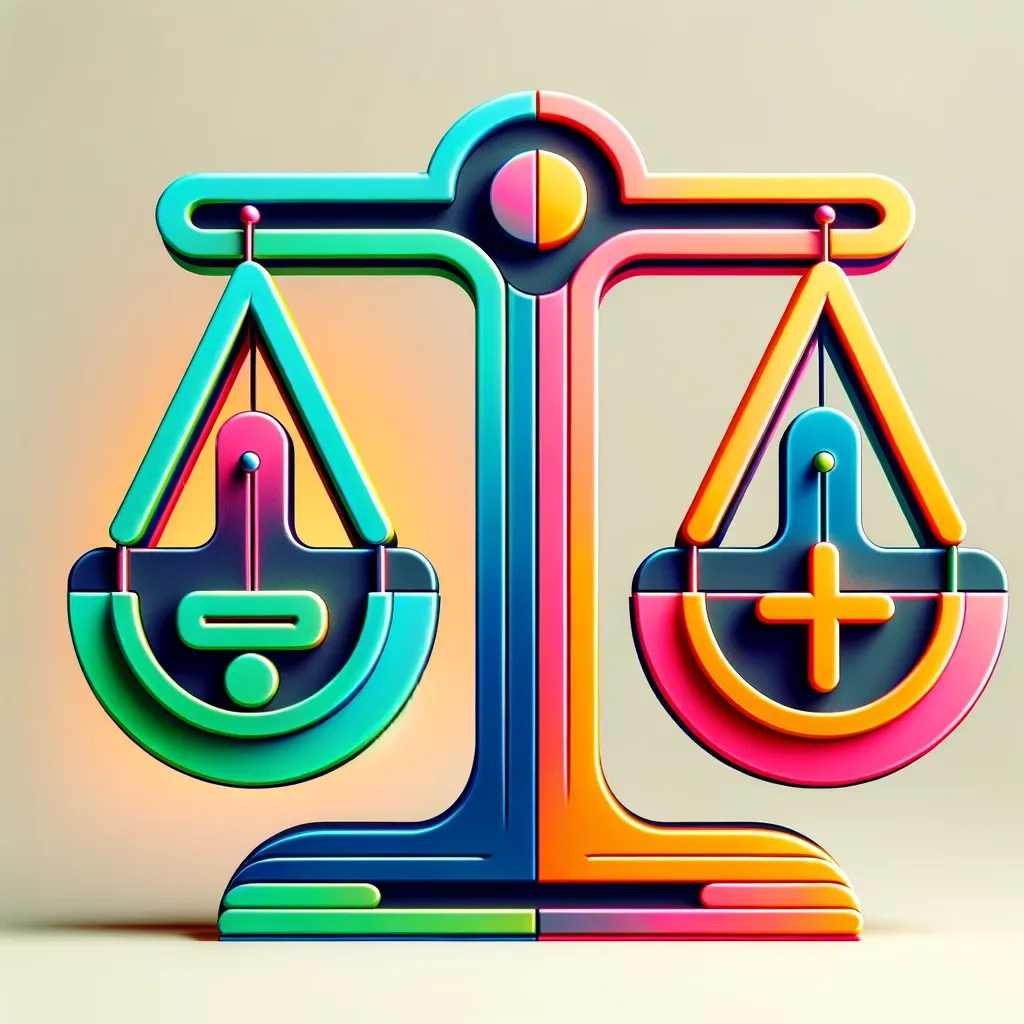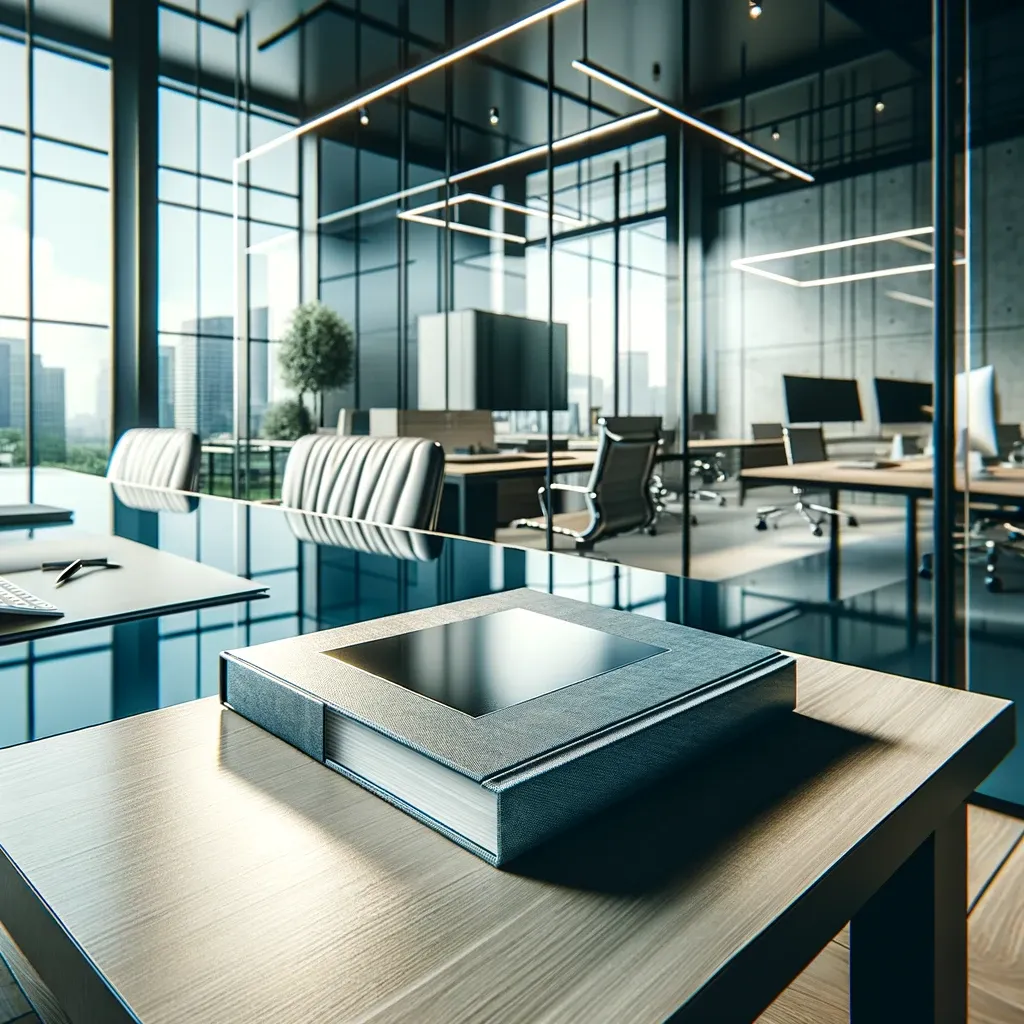WHO IS A WEB DESIGNER?
A web designer is a specialist who ensures that websites are not only functional but also visually appealing. They are responsible for everything being in its right place on a favorite webpage, making it pleasant to look at and easy to navigate. That’s the job of a web designer.
Just as an architect constructs buildings, a web designer “builds” websites. They decide the look of buttons, where to place texts, and what photos to use. Designers choose colors and fonts that are comfortable for reading. They ensure that the website looks good on a computer, phone, or tablet.
Simply put, a designer is someone who makes the internet cozy for us. Thanks to skilled designers, we enjoy websites that are both pleasing to the eye and user-friendly.
WEB DESIGNER: WHAT DOES HE DO?
A web designer is a key specialist in website creation. Their job is more than just designing layouts; it involves a comprehensive set of tasks. In this paragraph, we’ll delve into what exactly a web designer’s work entails. From choosing a color palette to creating a user interface, a web designer blends creativity with technical skills. This is necessary to make the website not only beautiful but also functional and user-friendly. Here are some common aspects of their work:
- Website Concept: A web designer is like an artist for websites. They listen to what the client wants and envision how it will be interesting and understandable for people.
- Website Sketch: Initially, the web designer creates a simple draft of the future website. This is the first step to show the client the general look.
- Logo Development: Creating a logo is one of the web designer’s tasks. A logo helps people recognize the company immediately.
- Page Structure: The web designer thinks about how to arrange the information on the website’s pages most conveniently for the client’s satisfaction.
- Interface and Navigation: The designer ensures that users can easily find what they need on the website. A lot depends on the simplicity of navigation.
- Layout: Then, the web designer makes a detailed plan, where each element of the site is precisely placed. They ensure everything is maximally convenient for the visitor.
- Client Collaboration: The designer shows the website layout to the client. Together, they discuss whether everything is satisfactory or if changes are needed.
- Web Applications: They might add interactive elements like feedback forms to make the site lively and user-friendly.
- Teamwork: Sometimes, the designer works in a team with programmers and marketers. Together, they make the site better.
- Revisions: If the client dislikes something, the web designer quickly makes changes to ensure everything is perfect.
- Project Completion: When everyone is satisfied, the designer hands over the completed website to the client.
The world is constantly changing. Web designers continually learn new things to keep up with the times. They follow the latest trends in design and technology. They do all this to ensure that websites look modern and function quickly. In the end, a web designer turns an idea into a real website. They make it not only beautiful but also easy for everyone to use.
USEFUL WEB DESIGNER SKILLS
A web designer is a true professional in their field. To be a good web designer, one must possess a variety of skills. These skills help in creating attractive, user-friendly, and functional websites. They include an understanding of composition principles, color theory, typography, and user experience. In this paragraph, we will discuss the key skills necessary for a modern web designer:
- Mastery of design software: Web designers work with specialized programs such as Corel Draw, Adobe Photoshop, Figma, and Adobe Illustrator.
- Working with animation and color: They also create animations using tools like GIF Animator and Adobe Flash. They know how to work with colors, using tools like Colormania.
- Ability to organize work: Web designers use planners like Asana. This helps in managing tasks and time efficiently.
- Color combination: A designer must know how to combine colors effectively. They understand how to create a color palette for a website and know which colors complement each other best.
- Typography: Web designers play with fonts. They choose the size and style to make the text both beautiful and readable.
- Composition:They skillfully arrange elements on a page to achieve a harmonious look.
- Language skills: Knowing English or other languages is a big plus. It helps in working with international clients.
- Frontend development: A web designer understands how websites are built. They comprehend how code works and how to make websites user-friendly.
- Creativity: A good designer is imaginative. They come up with unique solutions.
- Communication: Web designers communicate with clients. They know how to listen and explain their ideas.
- Patience and responsibility: A designer is attentive and persistent. They are responsible for every detail on the website.
A web designer is not just someone who can draw beautifully. They are professionals who understand how to make a website both convenient and appealing. These skills not only help in creating visually attractive websites but also ensure their functionality and ease of use for visitors. Understanding and applying these skills is an integral part of the web designer’s profession. It allows the creation of websites that effectively interact with the target audience and meet the business goals of clients.
PROS AND CONS OF WEB DESIGNER PROFESSION
Pros:
- Demand: The internet is always changing. This means web designers are always in demand.
- Continuous Learning: A web designer constantly learns new things. They grow both professionally and personally.
- Remote Work: All a web designer needs for work is a computer. This opens up many opportunities.
- International Projects: They work with clients from all around the world.
- Creativity: A web designer creates. Their imagination helps make unique websites.
- Maximizing Idea Realization: Web designers can bring any creative idea to life.
- Fair Compensation: Experienced web designers usually earn above-average salaries.
Challenges:
Working as a web designer is fascinating. It’s a profession where you create beauty and convenience for websites. A web designer always grows, learns new things, and can work from anywhere. But it’s important to listen to clients, adapt your ideas, and accept criticism.
However, if you’re creative, quick to learn, and ready to work with diverse people, web designing might be for you. You’ll create something significant for the internet and earn well for it. And if you can handle the downsides of the job, web design can bring you much joy and satisfaction.



















